Conflict - both military and political - is having profound effects on supplies of a wide range of materials
Mining and metals production is a critical but often overlooked industry. Its supply chains are far removed from the eventual products we encounter in our daily lives. But those supply chains are not always as robust as we might expect. Chemistry World has taken a deep dive into the complexities around supplies of cobalt, and other materials – including some perhaps unexpected metals like rhenium, hafnium and antimony – whose military applications mean supply chains have been perturbed by conflict in Europe and the Middle East.
One common factor across both topics is the influence of growing trade tensions between China and the US – and to an extent the rest of the world. China has spent the last few decades building a dominant position in the supply of many critical minerals. While China and Chinese companies are not always major extractors of these minerals, they have established authority over separation, purification and refining of high quality and purity materials.
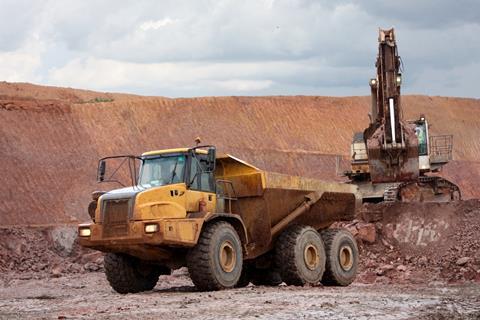
That gives China enormous power over supplies of many critical materials, including most of the 17 rare earth elements, lithium, and metals like antimony and tungsten. In recent years, China has been a reliable supplier of most of these materials at relatively low prices. That has led to producers elsewhere closing down, and minimal investment in new production. But now, as the geopolitical landscape becomes more strained, China is using its supply chain dominance as a lever in negotiations by restricting exports, leading to higher prices and fears of shortages.
Governments in other countries are looking to escape China’s dominance, which presents an opportunity for producers to diversify and bring in new, competitive technology. But without consistent state support, there is an enduring risk that – just as these competitors begin to establish themselves in the market – China will reverse its restrictions, lower prices and use its market power to quash commercial competitors, while the state absorbs and subsidises temporary losses.
With cobalt – which is predominantly produced in the Democratic Republic of Congo (DRC) as a byproduct of copper and nickel mining – the DRC government is aiming to tackle several problems at once. A significant chunk of DRC cobalt production comes from artisanal and small-scale mines, which have the flexibility to avoid internal conflict and war within the DRC to maintain production, but also have ongoing issues around worker safety and child exploitation. Meanwhile the more industrialised mining sector is heavily influenced by Chinese firms. The DRC wants to formalise the artisanal sector and improve standards, while at the same time decreasing China’s influence.
But cobalt export prices have been depressed after a huge spike in 2018, owing to oversupply and slower-than-expected demand growth. That leaves the DRC government with little tax revenue from cobalt exports with which to fund its reform efforts – hence it has imposed a temporary ban on exports and aims to use export quotas and controls to prop up prices and stabilise the market and its tax revenues.
Building new mines – especially in industrialised nations with stringent environmental protections – is a long and difficult process. But there are opportunities to diversify supply chains more quickly. Rebuilding refining and purification capacity outside China should be possible, especially if it can process and recycle metals from secondary sources – like batteries for lithium and cobalt, or magnets for rare earths. But those nascent industries will require protection until they are eventually able to compete on their own.


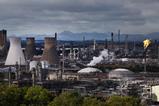



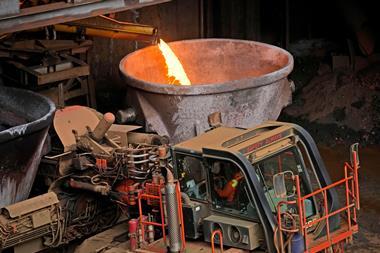
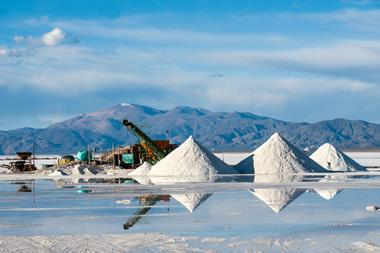

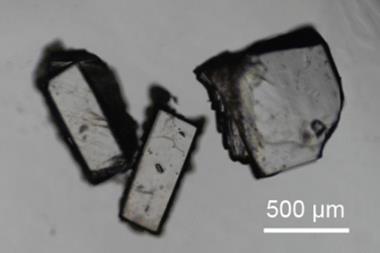
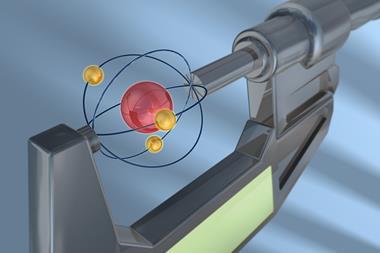
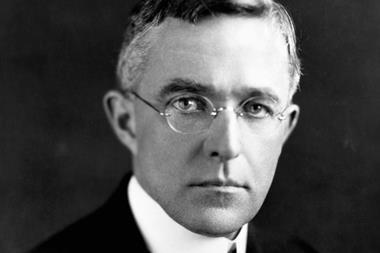

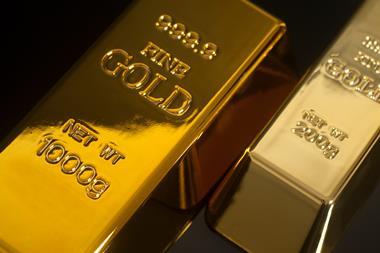



No comments yet